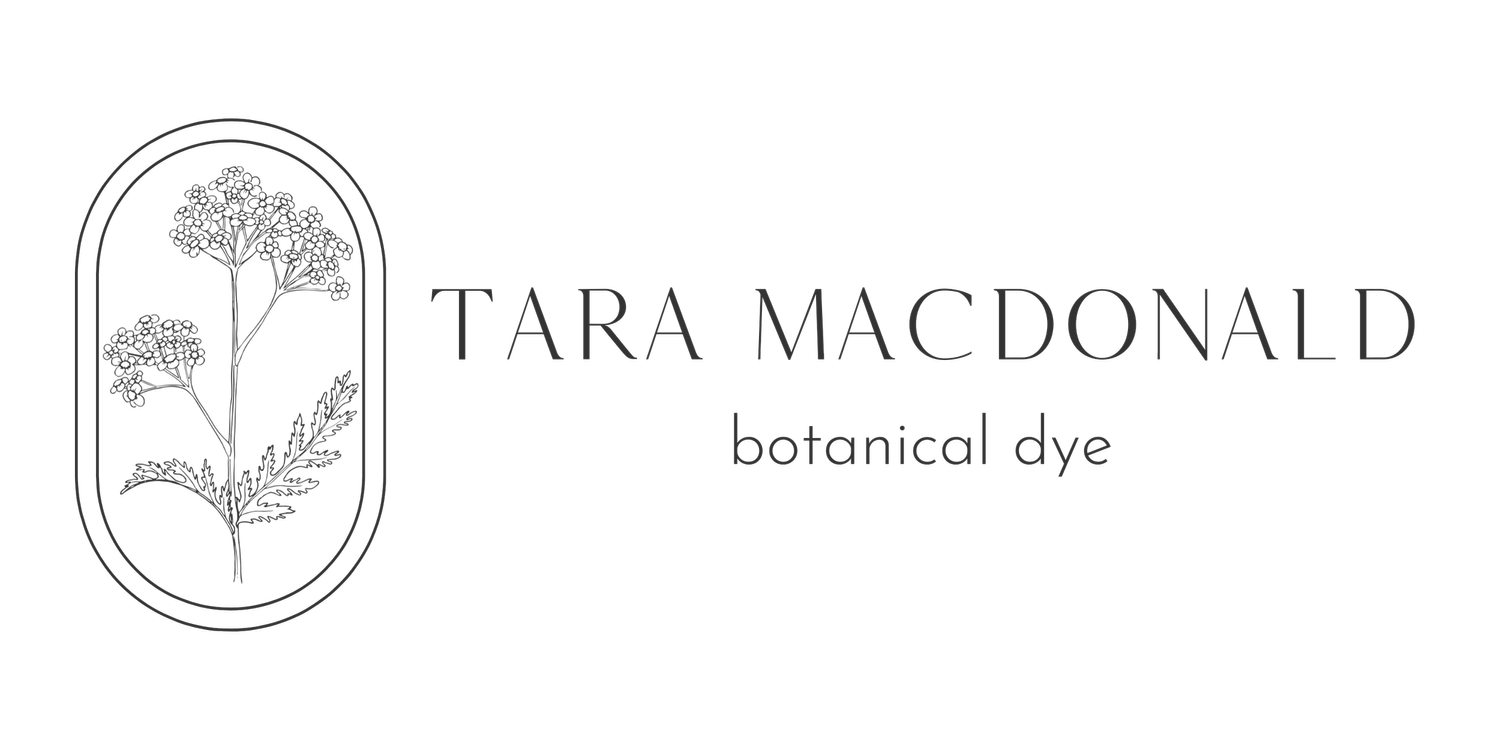Collecting Dye Garden Seeds
There is something magical about seed collecting. Best done on one of those dry late summer/autumn days when the sun is rich and golden and everything has that feeling of beginning to settle down to sleep. In these tiny little seeds, some almost as fine as dust, lays the potential for all those plants and all that colour.
There reaches a point when I begin to ease off picking the flowers and start to leave a few to run to seed. I love to collect all sorts of seeds from my garden, but it is especially valuable in the dye garden. Not only does it mean the garden is more self sufficient, but also some dye garden seed can be expensive and difficult to get hold of.
Some of the first to form are the starry seed heads of Orange Cosmos. These vibrant flowers light up the border all summer and I pick and press as many as I can. They make beautiful flower prints and are full of potent plant colour. Being half hardy annuals, they need to be re sown each year and planted out after the frosts. The seeds are easy to pick off by hand and collected in a paper bag to save until the spring.
The seeds of Coreopsis tinctoria, or Dyer’s Coreopsis, my favourite flower printer, are much smaller and often hang on in the seed pods on the plant. As the flowers go over, I go around with my secateurs and collect up some of the heads. They all contain lots of seed. I try to collect them from my favourite plants, but in my experience the seedlings are always joyously random, from yellows to reds, small to large even some with twisty petals. There is no way of knowing what you will get so it’s best to go along with it!
After drying inside for a couple of weeks, sorting the seed is a great job for a rainy autumn day with the radio on. Just to indulge in a moment of reminiscing, I’m reminded of my time a student gardener at RHS Wisley Gardens, when I used to earn extra money by sorting and packing seed orders during winter evenings. The seed department there really was a place of wonder with pods, berries and fruits from a world of plants.
I first pass the the coreopsis seed through sieves of different sizes to separate it out from all the stems and seed pods. Next a bit of gentle blowing removes the chaff, before it can be stored ready for spring sowing.
There is one dye plant which is grown specifically for it’s seed, the Hopi Sunflower. A majestic large plant, it appears like any other yellow sunflower, until the seeds begin to ripen to rich purples. It is these that yield soft purples and greys. I leave them to ripen on the plant for as long as I can before our resident squirrel takes a fancy to them, and then collect up the heads. Using my thumbs I prize the seeds off into a sieve and ensure they are completely dry before storing. They can be eaten, but I prefer to keep them for use in my budle dyes!
I hope this inspires you to have a go at seed collecting as it’s a lovely way to give that sense of continuity in the garden. As I write I’ve got my fingers crossed that the season goes on long enough to allow my indigo seeds to ripen, and my weld is drying on newspaper…
Please do message if you have any questions, always happy to talk dye plants! x









